Shares of historical mystery have finally been resolved as an international team of researchers led by Hungarian scholars has confirmed that skeletal remains discovered in Budapest belong to Duke Béla, the Ban of Macsó, who descended from both the Árpád and Rurik dynasties. This finding resolves a long-standing archaeological mystery that has lingered for more than a century.
The team, organized by Tamás Hajdu from the Department of Anthropology at Eötvös Loránd University, utilized genetic, isotopic, and forensic evidence to conclusively identify the remains of Duke Béla, who was killed in a coordinated, emotionally charged attack in 1272. According to Hajdu, "The use of cutting-edge genetic and isotopic analysis allowed us to pinpoint the origin of the skeleton to the Árpád and Rurik dynasties, confirming the historical records of Duke Béla's ancestry."
The remains were discovered in a 13th-century Dominican monastery on Margaret Island in Budapest. Initially, the skeleton was thought to be that of a young woman, but further analysis revealed the individual to be a male, likely in his mid-20s at the time of death. The team's findings were published in a recent study, which provides a detailed account of Duke Béla's life, ancestry, and violent death.
Duke Béla's ancestry is significant, as it reveals a connection between the Árpád and Rurik dynasties. The Árpád dynasty was a powerful royal house in medieval Hungary, while the Rurik dynasty was a prominent family in medieval Russia. This connection highlights the complex and interconnected nature of medieval European politics.
The study also sheds light on the circumstances surrounding Duke Béla's death. The team's analysis suggests that he was killed in a coordinated attack, likely due to his involvement in a power struggle within the Árpád dynasty. According to Hajdu, "The evidence suggests that Duke Béla was a young nobleman who was caught up in a web of intrigue and violence, ultimately leading to his tragic demise."
The resolution of this long-standing mystery is a testament to the power of modern science and collaboration. The team's findings have significant implications for our understanding of medieval European history and the complex relationships between royal families.
As for next developments, the team plans to continue their research, exploring the broader implications of their findings for medieval history and the study of human remains. According to Hajdu, "We are excited to continue our work, using the latest techniques and technologies to uncover the secrets of the past."
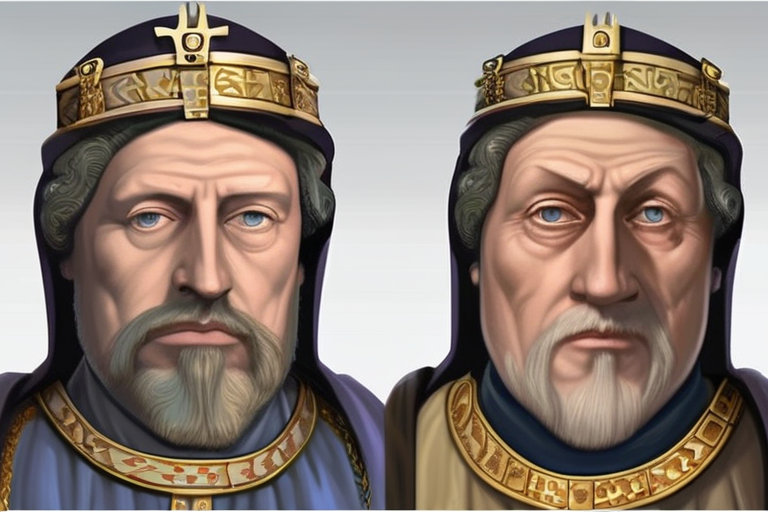



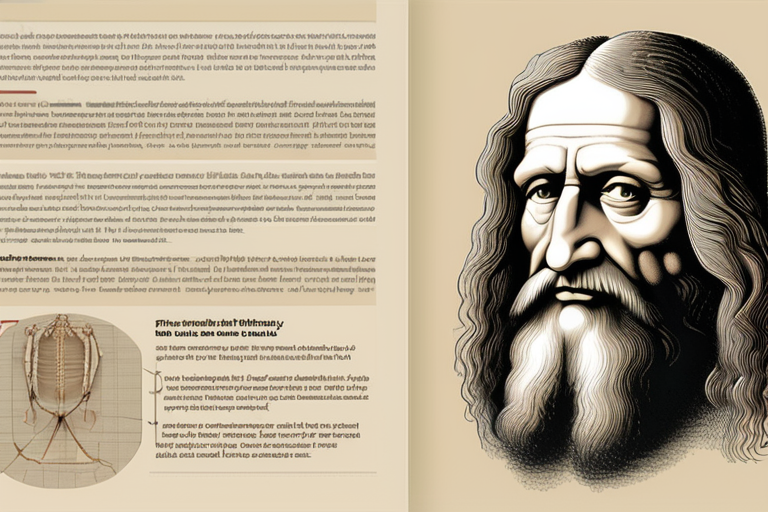



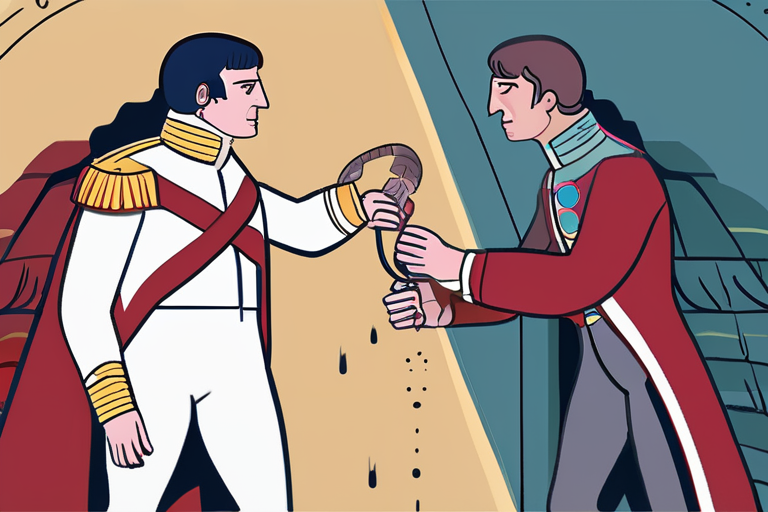



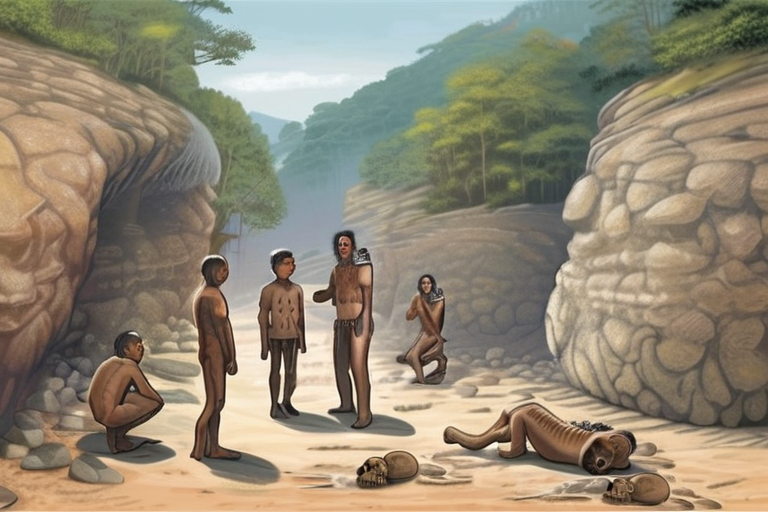

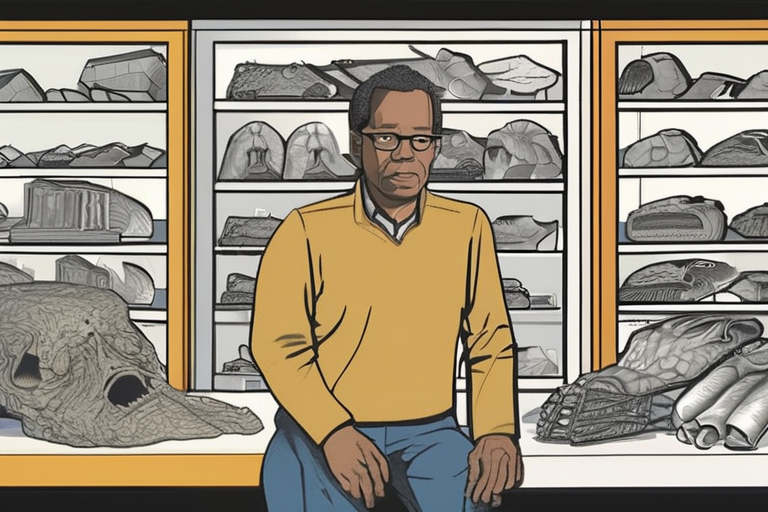

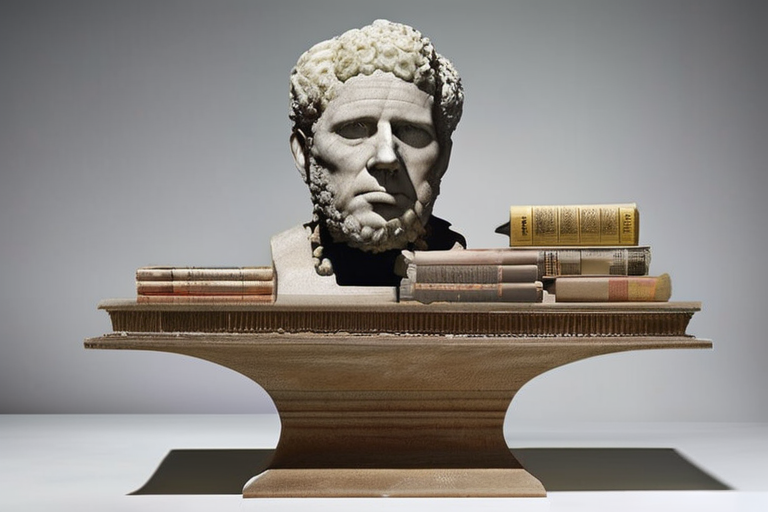


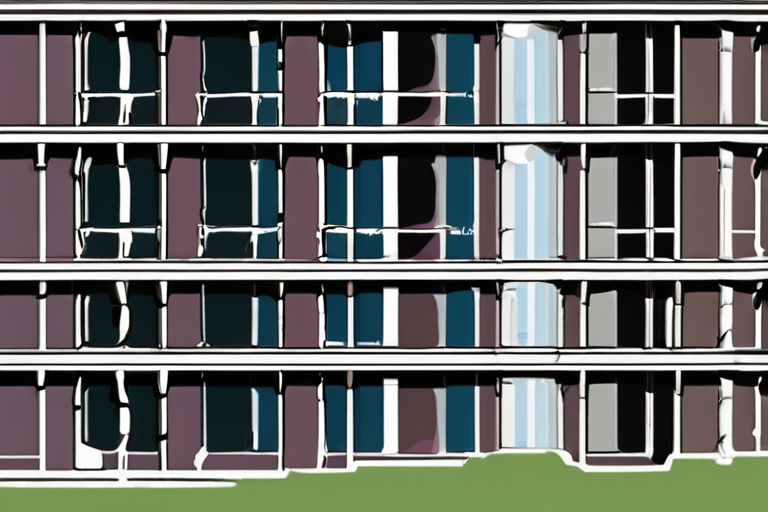
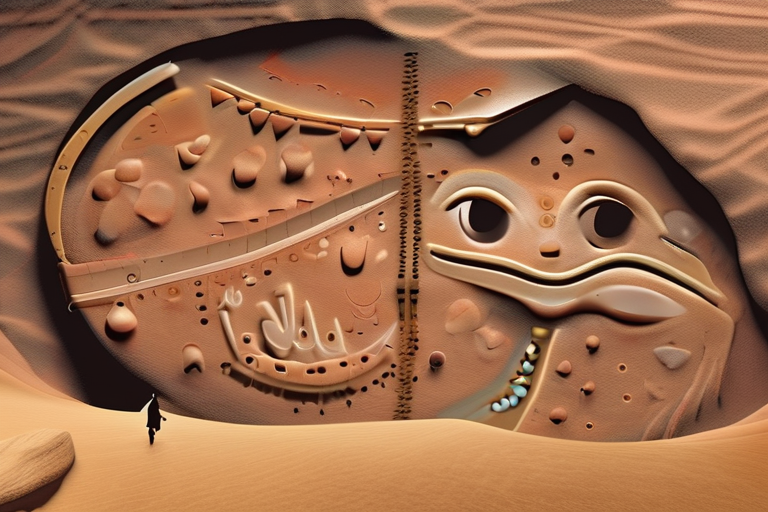
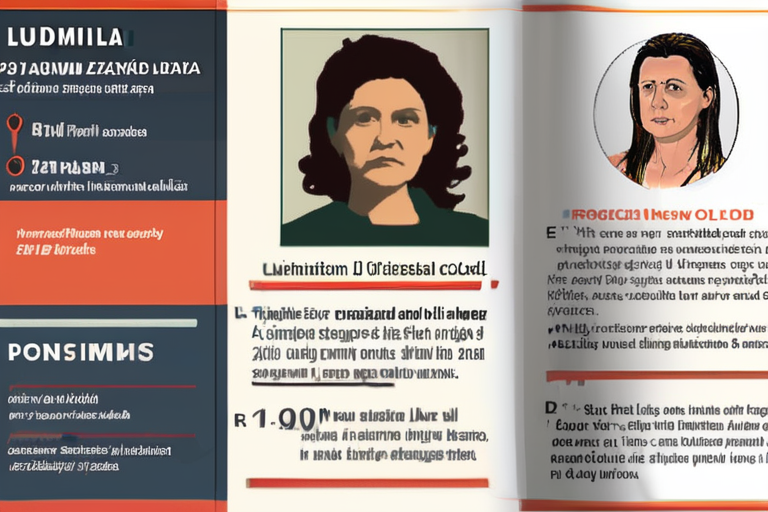
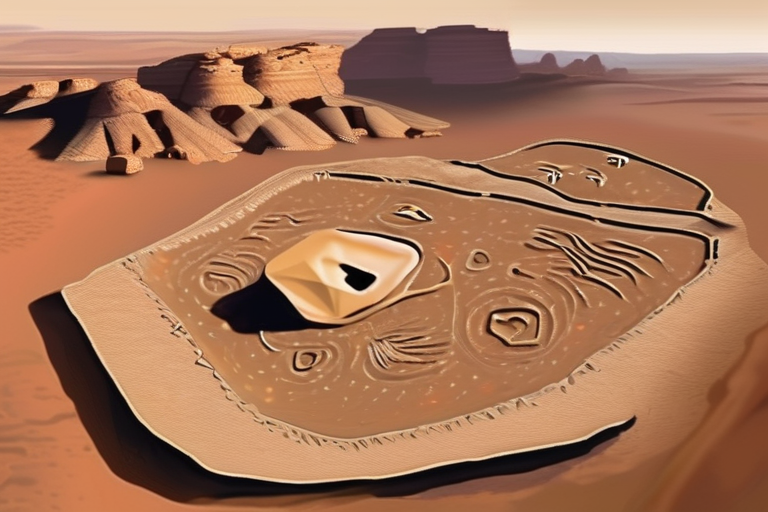
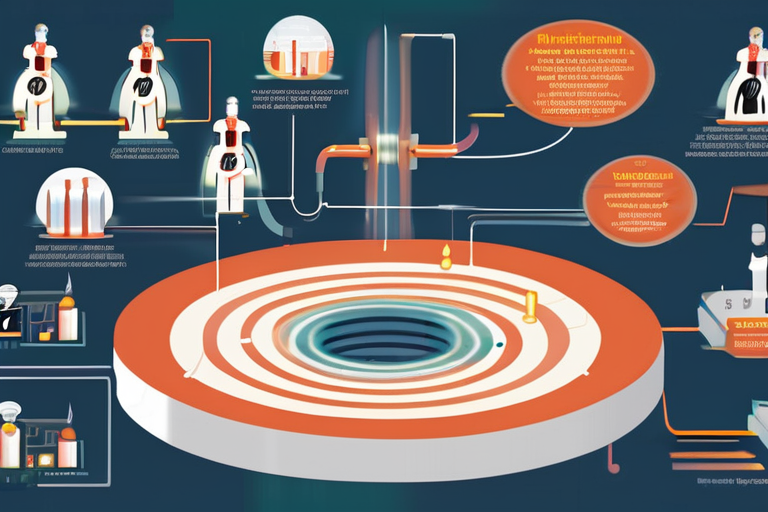
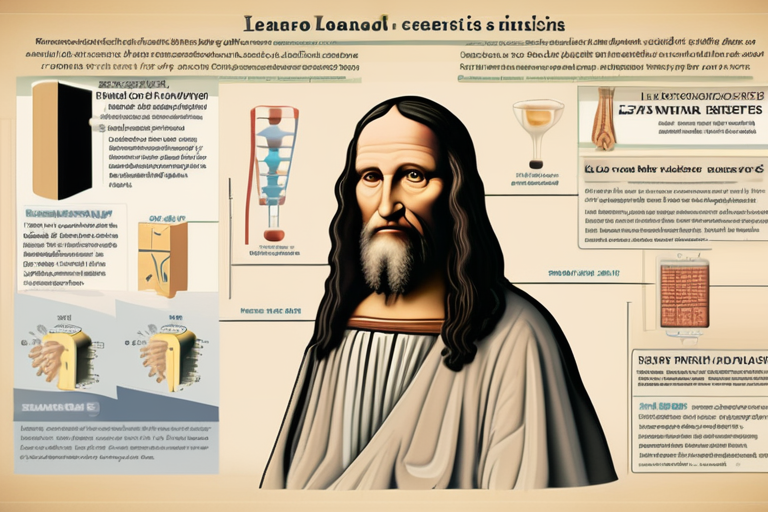


Share & Engage Share
Share this article